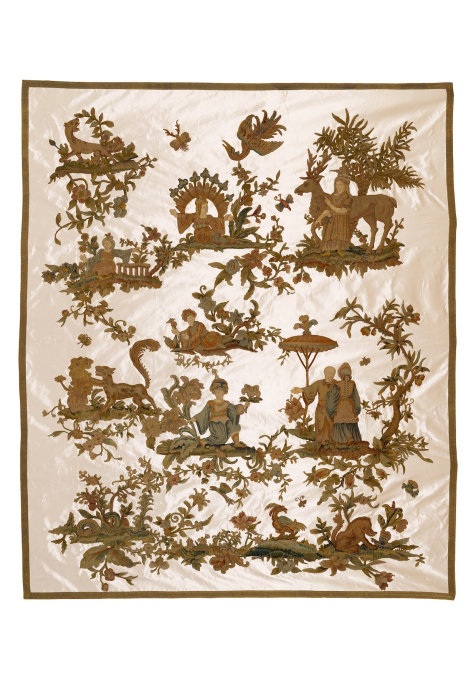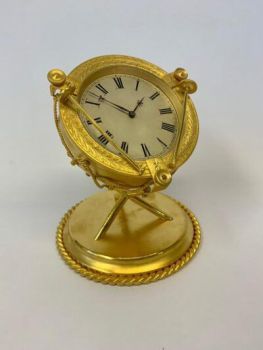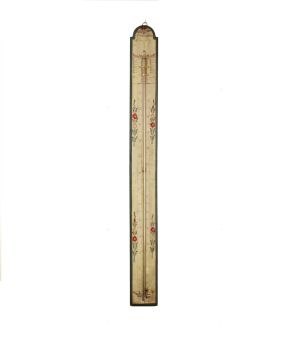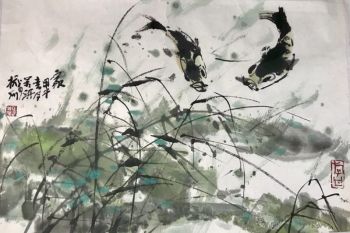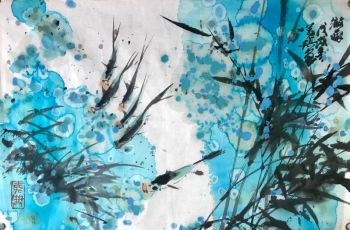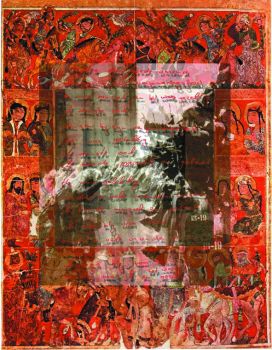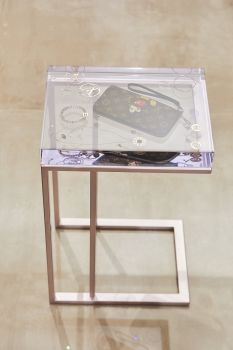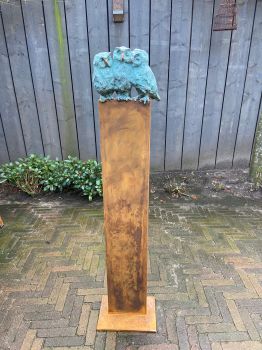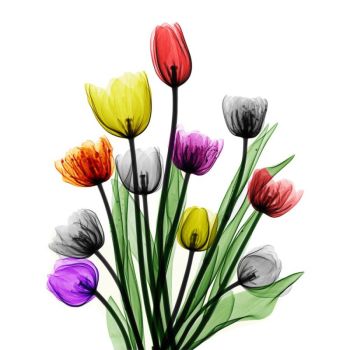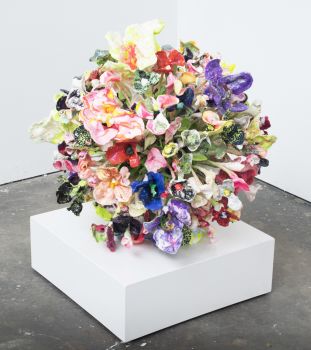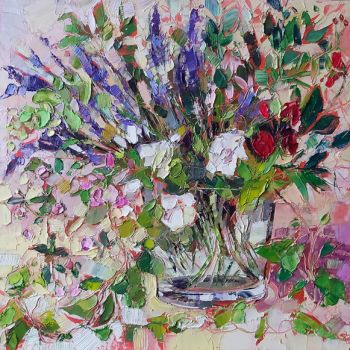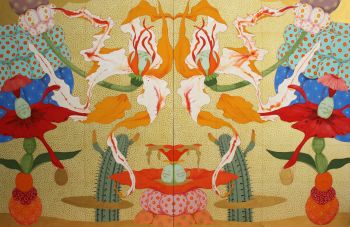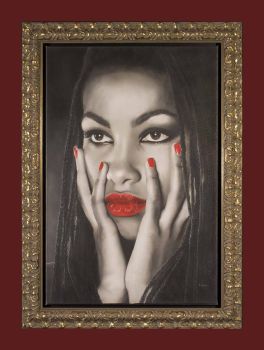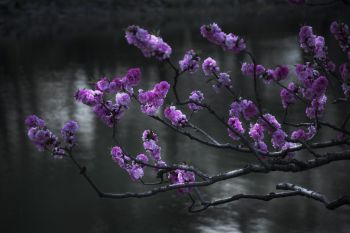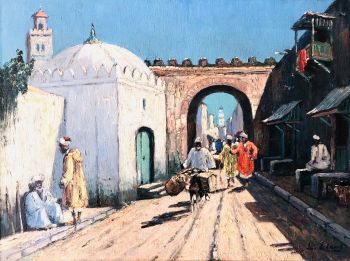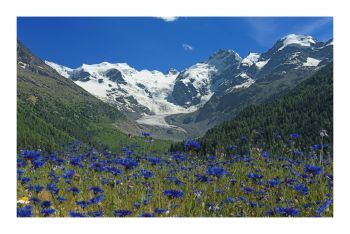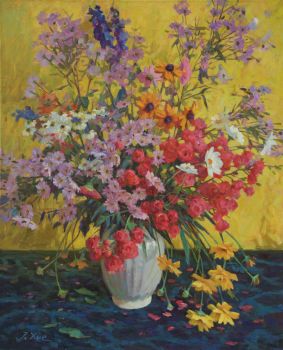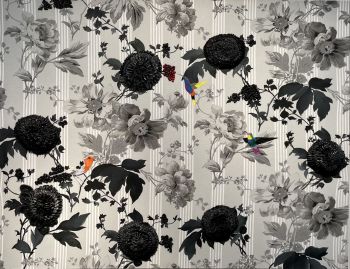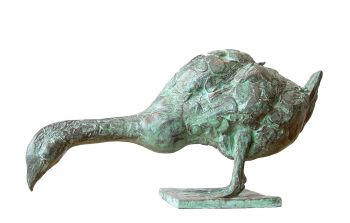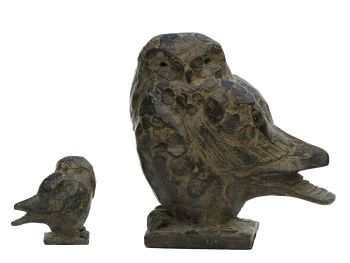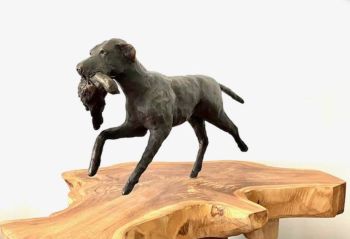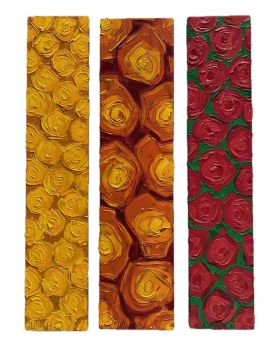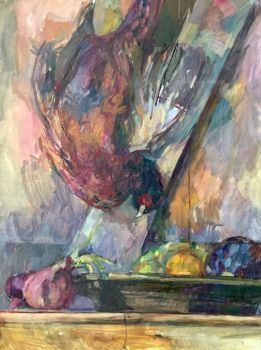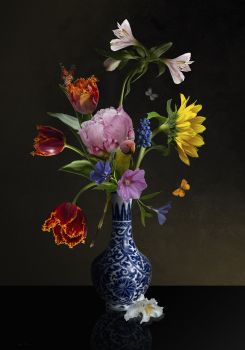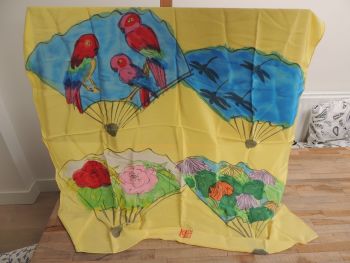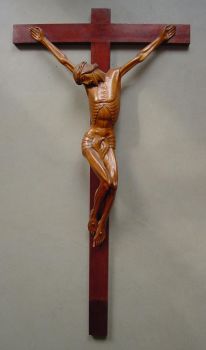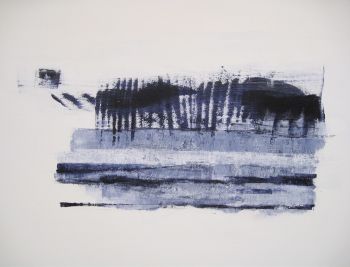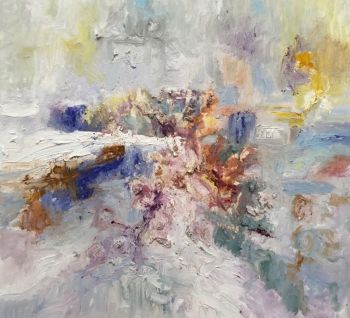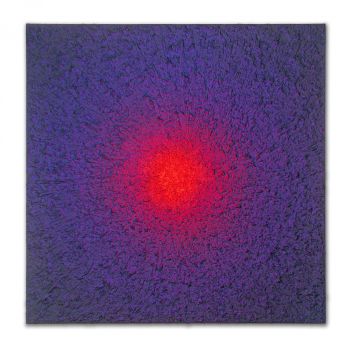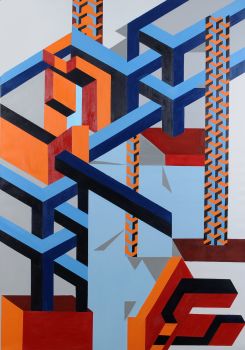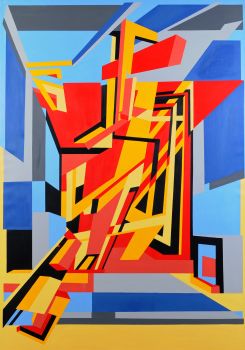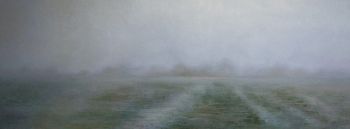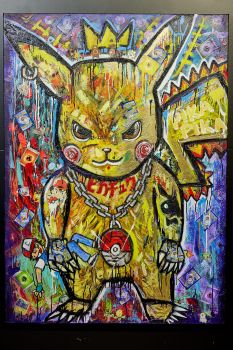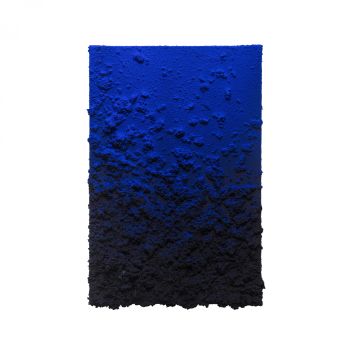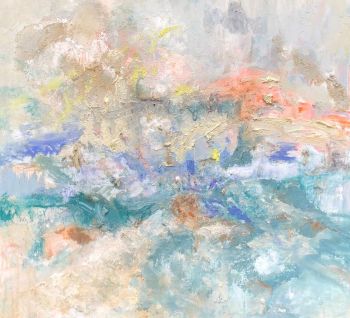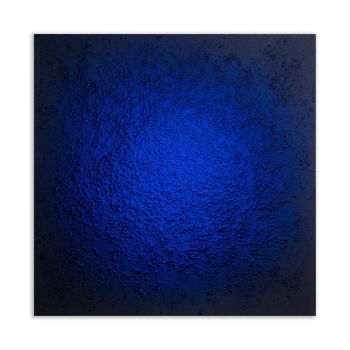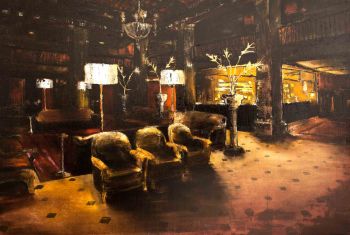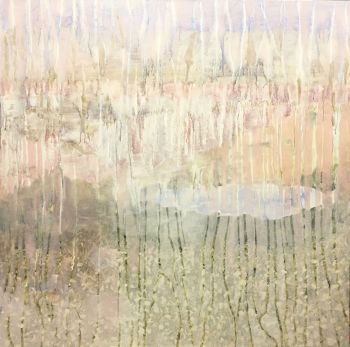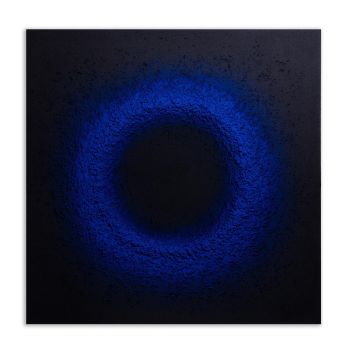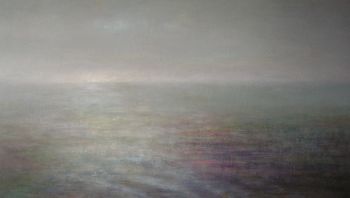English Stumpwork Embroidery with Chinese Curio Motives, 1690-1700 1690
Artista Sconosciuto
TessileLanaSeta
290 ⨯ 240 cm
Attualmente non disponibile tramite Gallerease
- A proposito di opere d'arteThis wallcovering is embroidered in stumpwork and consists of a number of graphics that are scattered over the surface and seem to have no connection. The space between the sepparate graphics is filled with flowering sprigs, insects and birds.
Stumpwork is a type of embroidery originating from 16th century Brittain. Mainly on a base of linnen, figures were embroidered in wool, silk and metal thread. The relief was obtain by stuffing the embroidery with wool. The origin of this technique probably lies in the making of Italian liturgical attire. The motives of English stumpwork were originally based on classical examples of the Italian Renaissance, but in a free interpretation. Especially this free and fancyful variation gives the English stumpwork its characteristic features.
By the end of the 17th century Oriental motives are introduced, mainly under the influence of Queen Mary and her fondness of the goods that were brought in by the English East India Company (and in the Low Lands the VOC). - A proposito di opere artista
Può succedere che un artista o un creatore sia sconosciuto.
Alcune opere non sono determinate da chi sono state realizzate o sono state realizzate da (un gruppo di) artigiani. Esempi sono statue dell'antichità, mobili, specchi o firme non chiare o leggibili ma anche alcune opere non sono affatto firmate.
Inoltre puoi trovare la seguente descrizione:
•"Attribuito a …." A loro avviso probabilmente opera dell'artista, almeno in parte
•“Studio di ….” o “Officina di” A loro avviso un'opera eseguita nello studio o nella bottega dell'artista, eventualmente sotto la sua supervisione
•“Cerchio di…” A loro avviso un'opera del periodo dell'artista che mostra la sua influenza, strettamente legata all'artista ma non necessariamente al suo allievo
•"Stile di..." o "Seguace di..." A loro avviso un'opera eseguita nello stile dell'artista ma non necessariamente da un allievo; può essere contemporaneo o quasi contemporaneo
•“Modalità di…” A loro avviso un'opera nello stile dell'artista ma di epoca successiva
•"Dopo …." A loro avviso una copia (di qualsiasi data) di un'opera dell'artista
•“Firmato…”, “Datato…” o “Iscritto” A loro avviso l'opera è stata firmata/datata/inscritta dall'artista. L'aggiunta di un punto interrogativo indica un elemento di dubbio
•"Con firma....", "Con data...", "Con iscrizione..." o “Riporta firma/data/iscrizione” a loro avviso la firma/data/iscrizione è stata aggiunta da qualcuno diverso dall'artista
Artwork details
Related artworks
Artista Sconosciuto
Engels struttclock gesigneerd H.Rodrigues 42 Piccadilly 19th century
Prezzo su richiestaNico van den Assem restauratie
Artista Sconosciuto
Olandesi in miniatura18th century
Prezzo su richiestaZebregs & Röell - Fine Art - Antiques
Artista Sconosciuto
UN MODELLO GIAPPONESE DI UN NORIMONO, UN PALANQUIN1650 - 1700
Prezzo su richiestaZebregs & Röell - Fine Art - Antiques
1 - 4 / 12- 1 - 4 / 6
Artista Sconosciuto
A rare Japanese export lacquer medical instrument box1650 - 1700
Prezzo su richiestaZebregs & Röell - Fine Art - Antiques
Johannes La (le) Blanck
Un set di ampolle d'argento olandese a doppio uso1786
Prezzo su richiestaJacob J. Roosjen SRI
Artista Sconosciuto
UN NETSUKE IN AVORIO DI UN OLANDESE CHE TIENE UN GALLETTO18th century
Prezzo su richiestaZebregs & Röell - Fine Art - Antiques
Artista Sconosciuto
Japanese transition-style lacquer coffer 1640 - 1650
Prezzo su richiestaZebregs & Röell - Fine Art - Antiques
 A cura di
A cura diDanny Bree
Artista Sconosciuto
COPPIA DI TORCHÈRE O PORTACANDELE IN TEAK INDONESI LACCATI E DORATI18th century
Prezzo su richiestaZebregs & Röell - Fine Art - Antiques
1 - 4 / 24- 1 - 4 / 24
- 1 - 4 / 24

